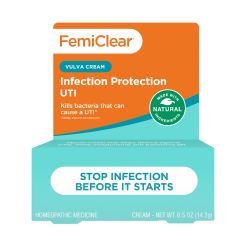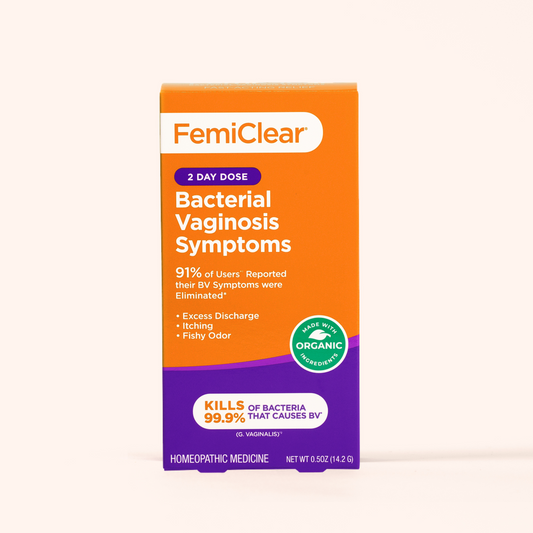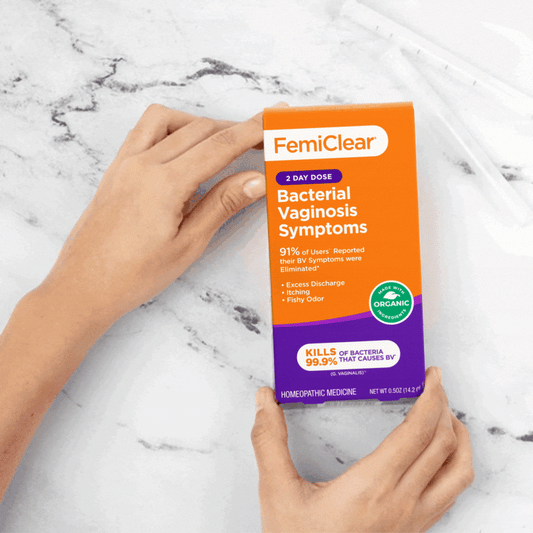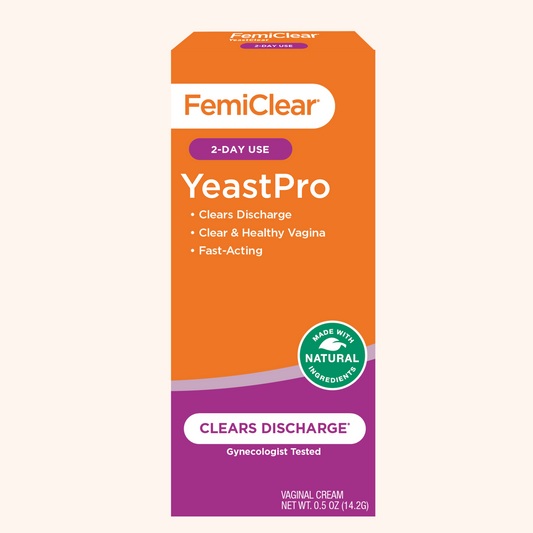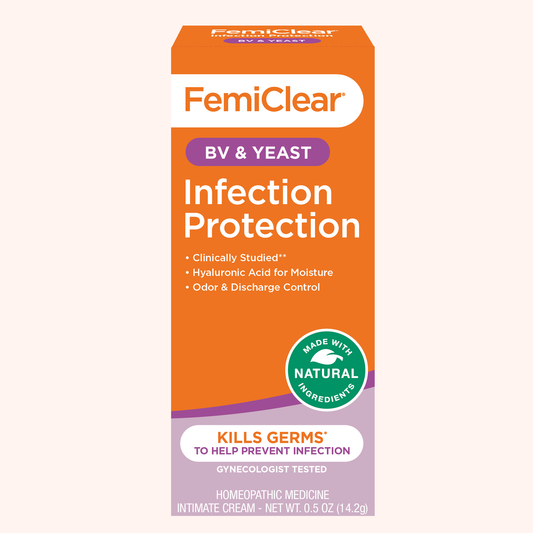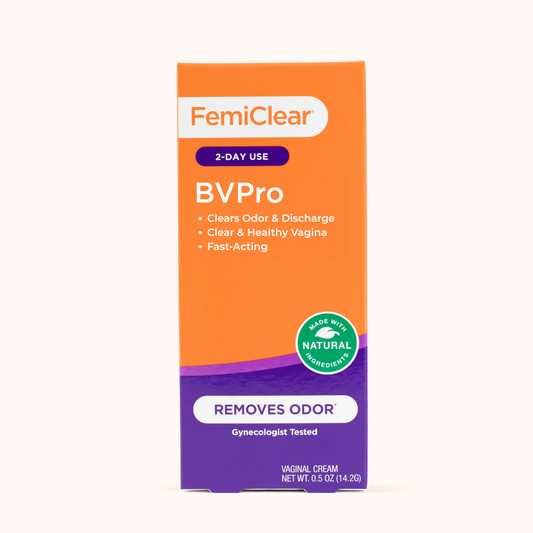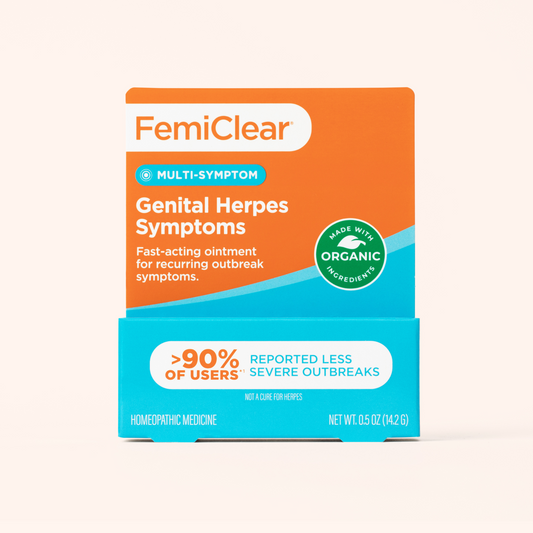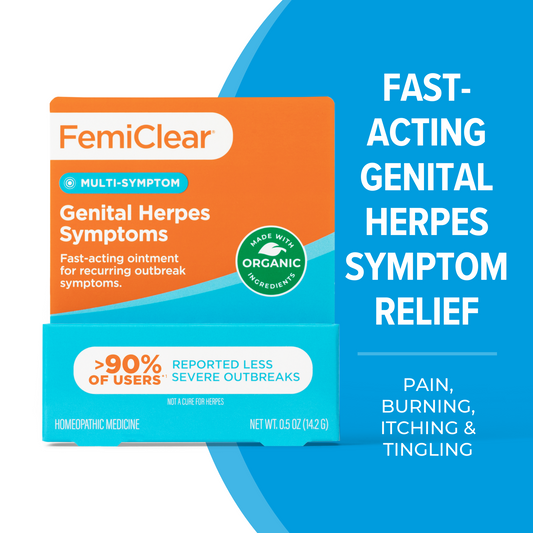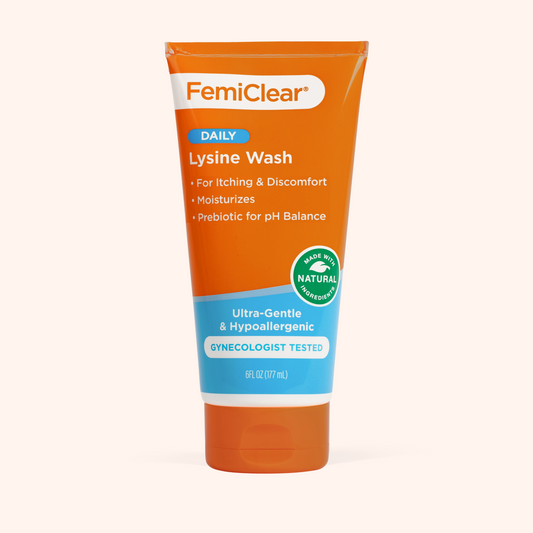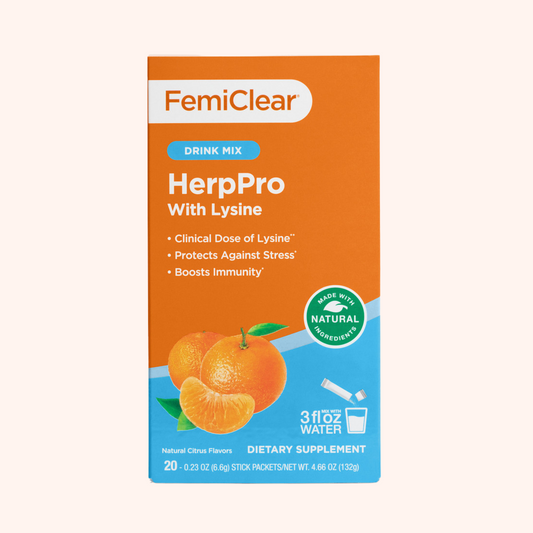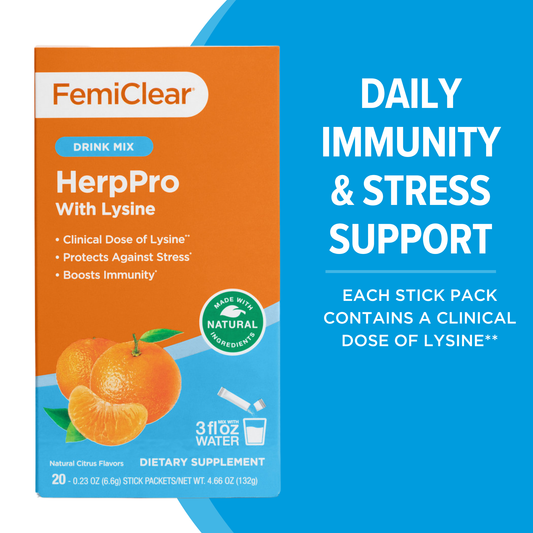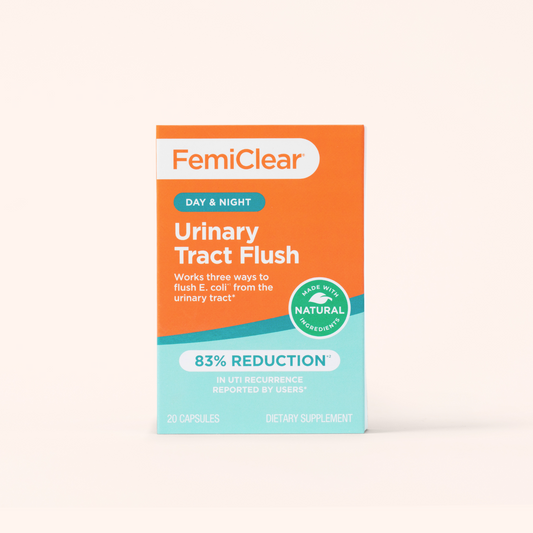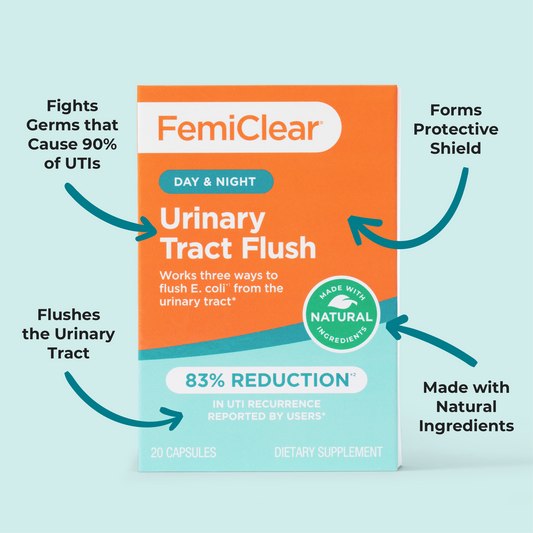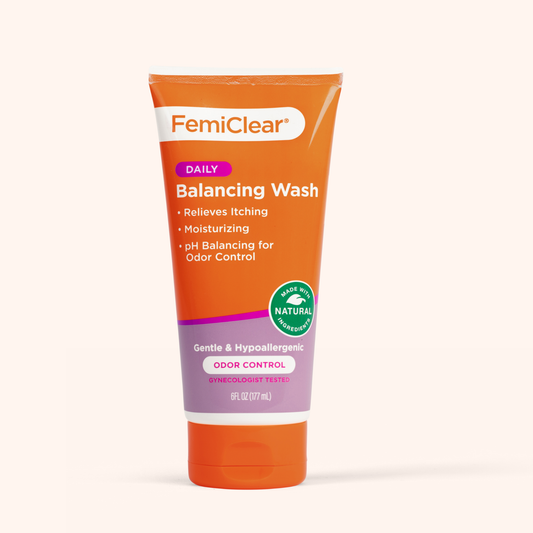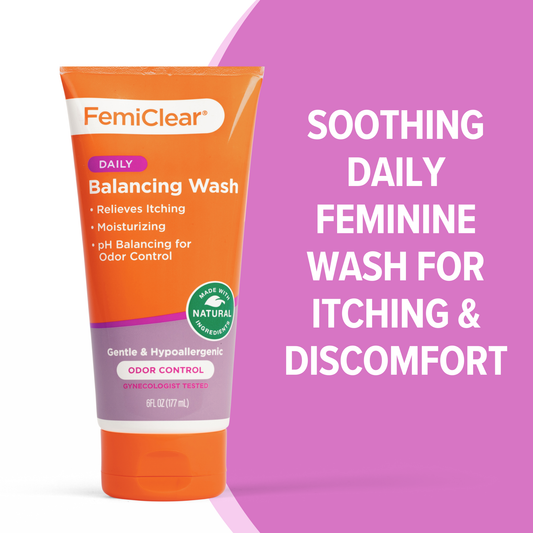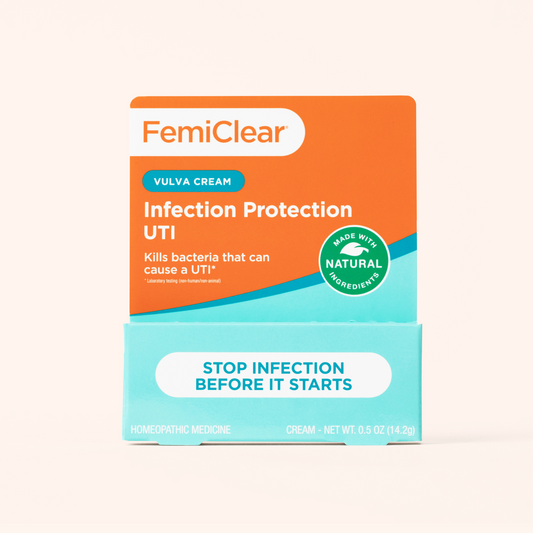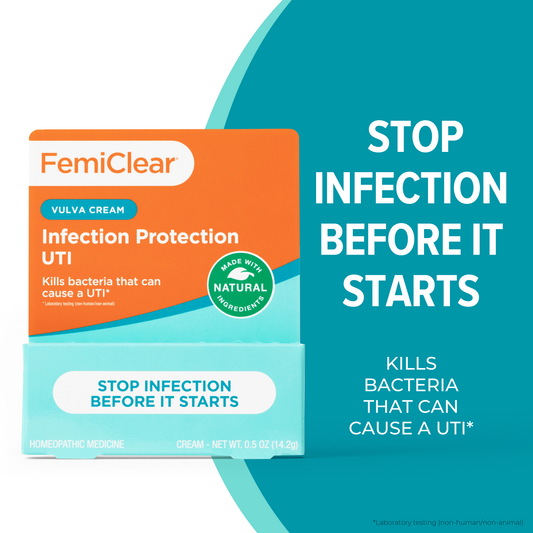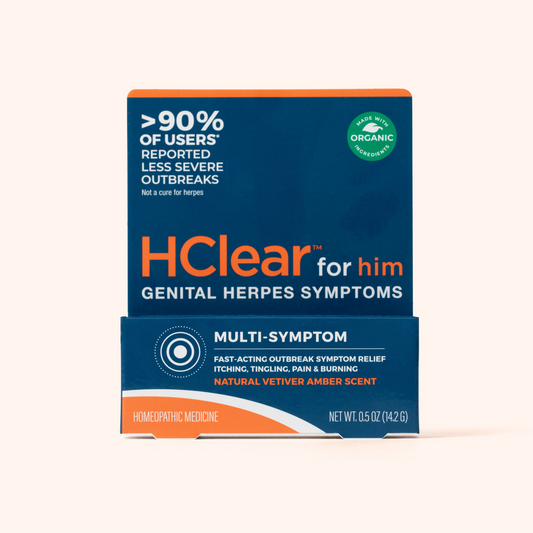Table of Contents
The History of UTIs
Written by Jordan Liffengren Apr 02, 2024

How Did People Manage UTIs Before Antibiotics?
Have you ever wondered how people managed UTIs before modern medicine? You know, before you could frantically type your symptoms into Dr. Google and instantly find out how to get rid of a UTI.
UTIs can lead to serious complications like septic shock if left untreated, so how did our ancestors deal without the creature comforts or knowledge of the 21st century? Let’s travel back in time and take a look at the history of UTIs and their treatments!
UTIs Through The Ages
Urinary Tract Infections (UTIs) aren’t just a modern dilemma. They've been an uninvited guest at club “down there” forever. In fact, there’s evidence that proves E. coli, the cause of 90% of UTIs, has a looong evolutionary history.
One of the oldest written medical records from ancient Egypt, the Ebers papyrus dating back to 1550 BC, describes more than 900 diseases and contains recommendations for treatment, including myrrh and other herbs for urine retention and excessive urination. The Arabian physician Aetius refined uroscopy and identified and classified urinary disease based on his technique. Romans improved invasive techniques, recommending baths, diuretics, and catheters. Chinese medical texts also mention many UTI symptoms, suggesting several herbal remedies, including mallow. During the Middle Ages, there weren’t more advances, but they did refine these remedies and treatments for gonococcal urethritis.
Since the idea of germs causing disease wasn’t introduced until the 1800s, we were pretty much just winging it before then in terms of treatment. When germs were first discovered in 1667, it took another 210 years to understand that they were even responsible for issues like urinary tract infections. At the time, sexually transmitted infections (STIs) and UTIs shared similar symptoms (burning when urinating, blood in the urine, etc.), so it was difficult to distinguish between the two. Due to religious and societal taboos, women would either not mention certain symptoms or sadly wait until it was too late to reverse the damage.
To make matters worse, women’s bathrooms didn’t even exist until the late 1800s. Thanks to the misogynistic social norms of this time, it was determined that a “woman’s place was in the home,” and there was reluctance to welcome her into the workplace. This meant that women’s bathrooms were not readily available in public spaces. Women resorted to holding it, only drinking a tiny amount of water, or making sure not to travel too far from home. This, of course, put them at higher risk of developing a UTI.
Ancient Theories as to What Caused UTIs
Medical literature from way back showcases a bunch of theories surrounding UTIs, and let's just say that some of them are quite imaginative!
- Hippocrates believed that UTIs were caused by “disharmony of the 4 humors,” or an imbalance of the earth, air, fire, and water within the human body.
- During the Middle Ages and through the Renaissance period, we built upon this idea, attributing the cause of UTIs to “bad air” or a “corruption of the air.”
- In the 17th century, Giovanni Mari Lancis coined the term “miasma” which is derived from the Greek word for “pollution,” to describe what caused UTIs.
While interesting ideas, today we know exactly what causes a UTI—E. Coli from the intestinal tract makes its way into the urinary tract and causes an infection of the bladder and/or kidneys. Women get UTIs 30x more often than men do. This is because their urethra is much shorter than a man’s and anatomically closer to the rectum, allowing less distance for germs to travel into the urinary tract.
Throwback to Yesteryears' Remedies
Before the word "antibiotic" even existed, our ancestors were pretty creative. From cranberry concoctions (which, by the way, science today does give a nod to) to unique herb mixtures, people tried a ton of different remedies. These would be paired with bed rest, warm compresses, and baths. If your UTI did not pass on its own after these remedies, you would be put through another round of treatments. Here are some that we’re happy to leave in the past!
- Tinctures of Lead with Opium
- Various Narcotics
- Acid Solutions
- Leeches
- Opiate-Based Enemas
- Douches
- Mustard or Ammonia-Based Plasters
- Surgery on the Kidneys/Bladder
- Catheters
Enter The Age of Antibiotics
Before modern medicine, you may have cleared a UTI with simple natural remedies, rest, and a bit of luck. But there was always a 50% chance that your infection would get worse. This meant that unfortunately, many people died from a simple UTI that could be cured within a couple of days today.
This changed in the 1950s with the introduction of Nitrofurantoin, the first antibiotic to successfully treat UTIs, which would get rid of one within a few days. However, the broad use of amoxicillin in the 1970s led to the development of antibiotic resistance. This prompted a gradual change to trimethoprim/sulfamethoxazole. But of course, the wide use of these antibiotics also resulted in antibiotic resistance, limiting their usefulness in managing UTIs.
Has Modern Medicine Created Recurrent UTIs?
If you find yourself dealing with recurring UTIs, even though you're vigilant with preventative measures like wiping front to back, drinking plenty of water, and peeing after sex, you’re not alone! The struggle is real.
Research shows that the use of antibiotics changes the microbiota of the urinary tract, leading to less resistance to certain UTI-causing bacteria. Just like our bodies fight to stay healthy, these bacteria do too. Antibiotic resistance happens when bacteria develop the ability to overcome the drugs that are created to kill them. This means that the germs do not die and instead continue to grow. Resistant infections can be difficult, and sometimes impossible, to treat.
While antibiotics have been helpful to us in so many ways, specific strains of bacteria have become resistant to the drugs we’re prescribed for them. This can lead to recurrent UTIs, and experts say that this could eventually result in more severe illnesses and fatalities.
Natural Options to Promote Urinary Tract Health
So what’s the best way to treat a UTI, then? At FemiClear, we believe in avoiding them altogether. That’s why we make UTI products that support urinary tract health and help defend against UTIs before they strike. Our 3-step routine provides comprehensive urinary health and wellness so you can stop worrying and start living.
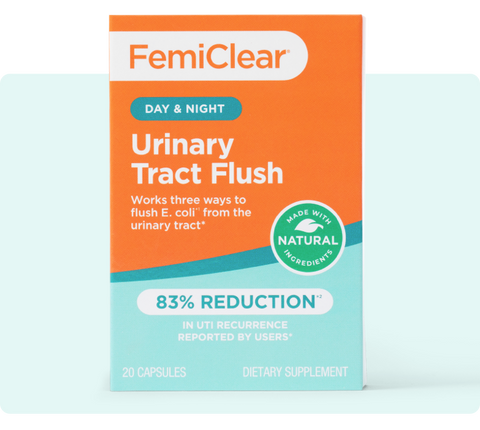
Urinary Tract Flush
Help reduce your risk of recurrent urinary tract problems with Urinary Tract Flush, the powerful daily supplement containing a morning pill of D-Mannose and a night pill of plant-based antimicrobial ingredients that have been clinically shown to flush the urinary tract.
Our innovative and effective formula is designed to be taken two different ways:
- At the first sign of infection until you can see your doctor. Take this supplement along with your doctor’s recommended treatment. This supplement is not a replacement for medical care.
- Take daily to reduce the risk of recurrent infections.
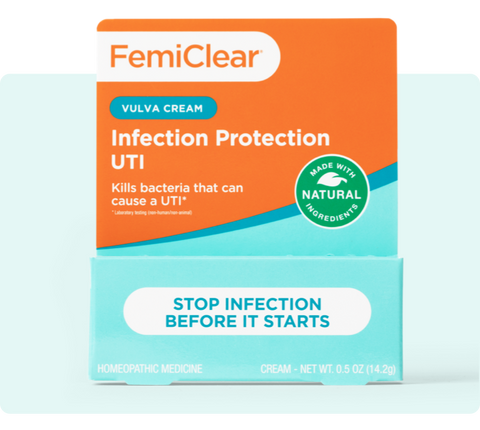
Infection Protection UTI
Designed for those who experience recurrent UTIs and dryness, Infection Protection UTI Vulva Cream defends against urinary tract infections by targeting them at the source. Using natural and effective ingredients, Infection Protection kills the germs that can cause UTIs.◊1
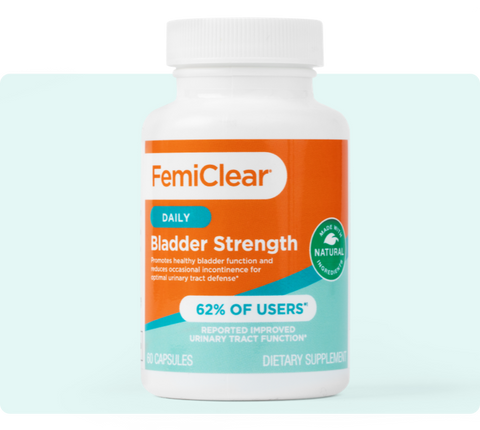
Bladder Strength
Formulated with clinically studied, plant-based ingredients, Daily Bladder Strength is a bladder supplement shown to promote a healthy urinary tract and less bladder leakage. Less leakage reduces the possibility for bacteria to grow, and more complete bladder emptying helps to regularly flush out the bladder and urinary tract.††2
Each of these protective products uses natural ingredients that are clinically shown to provide support and defense without unnecessary additives, harmful chemicals, or adverse side effects. When used regularly, this routine can help reduce recurrent UTIs. What’s better than that?
Ready to discover more natural products to support and maintain your vaginal and urinary health? Learn all about safe and gentle alternative solutions to down there care HERE.
Written by Jordan Liffengren Apr 02, 2024

UTI Infection Protection Vulva Cream
Stop infection before it starts
Learn More